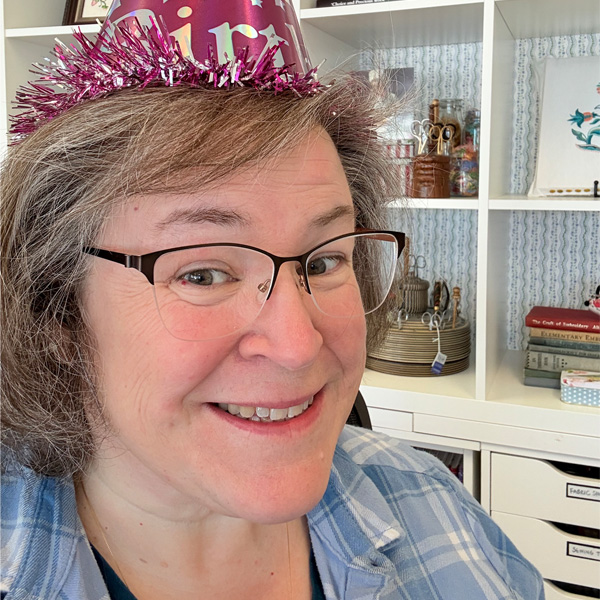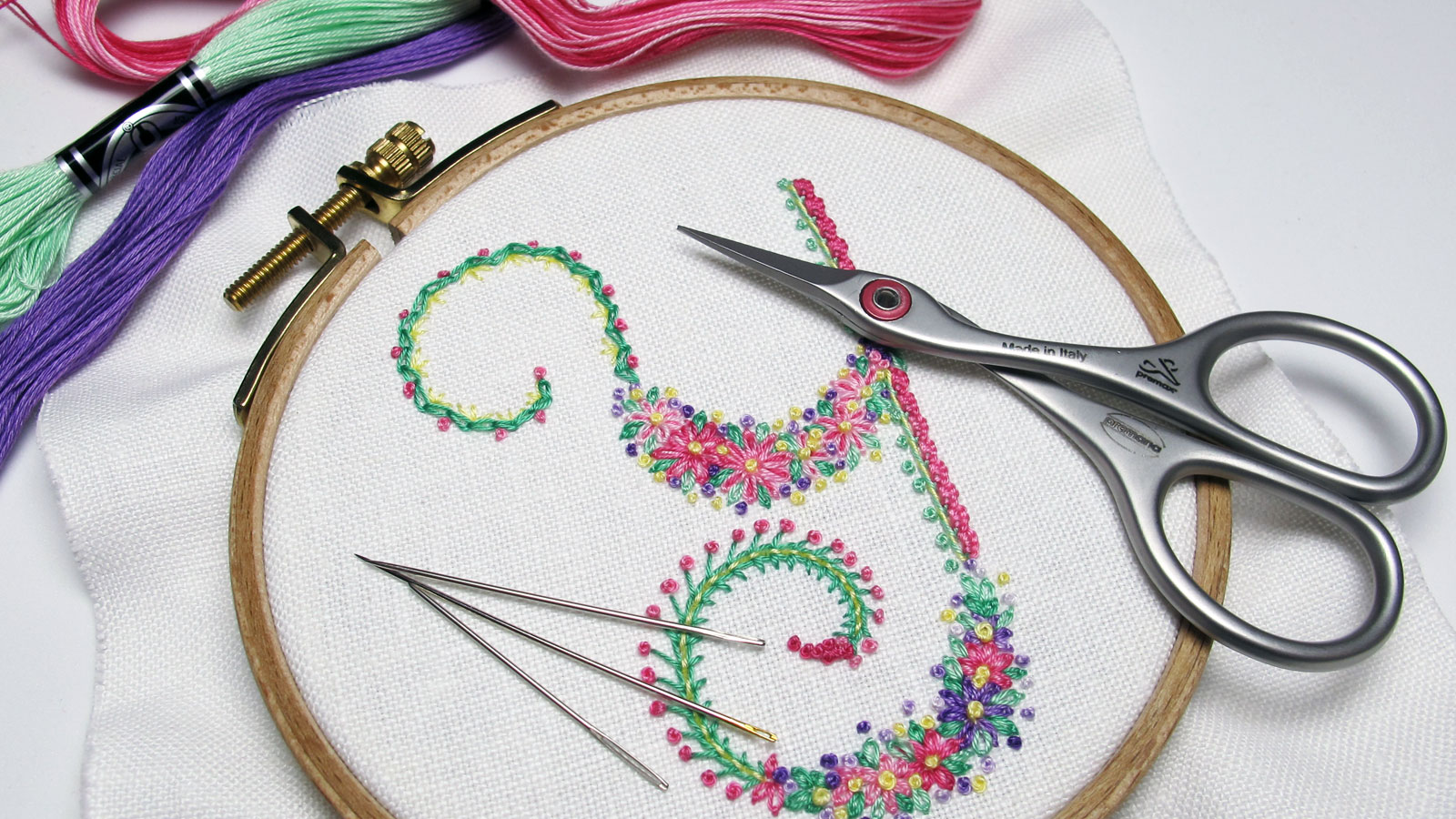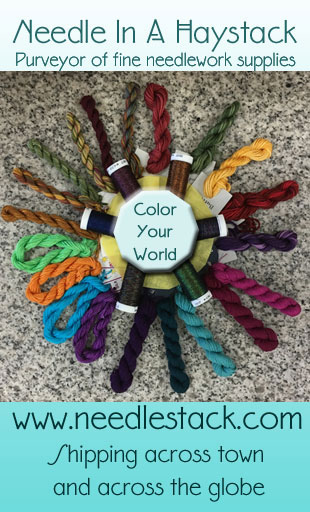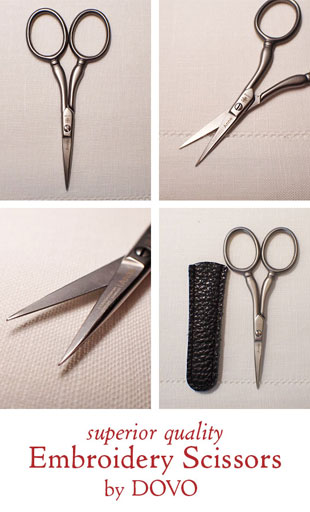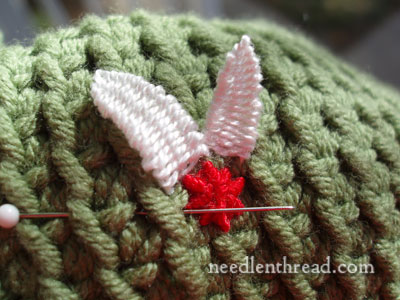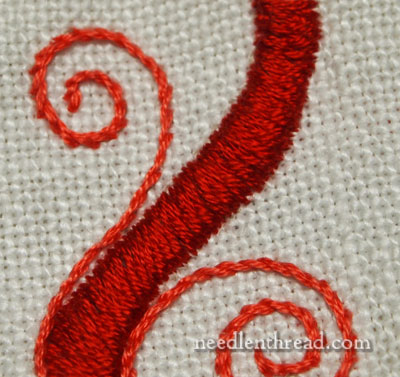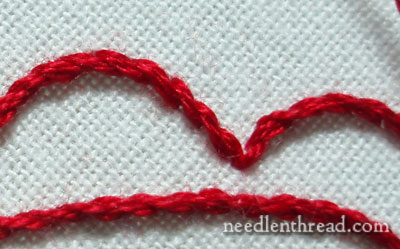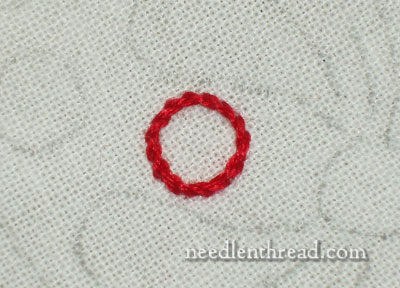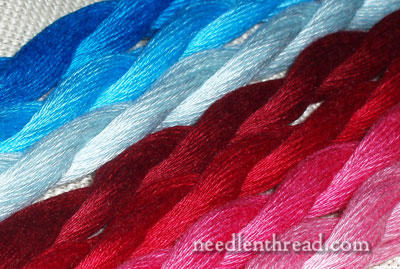October 31, 2010
Ecclesiastical Embroidery: Salvator Mundi Vestment
Last year, I visited San Carlos Borromeo Mission in Carmel, California, and while there, I had permission to take photos of the vestments in their museum. I wrote a brief comparison of two sets of vestments, one from the museum in Carmel (this Salvator Mundi set) and the Splendor Patris set at the vestment museum in Clyde, Missouri, because the faces in the two sets struck me as similar.
I thought I’d show you two motifs from the Salvator Mundi set – one of which I plan to use as a springboard for another embroidery project.


